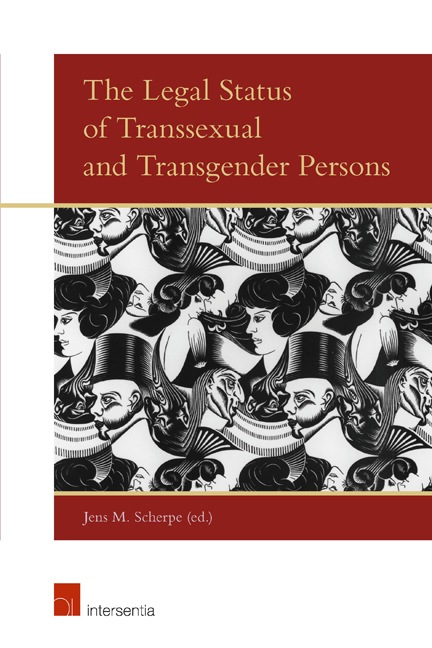Questionnaire
from PART III - LEGAL VIEWS
Published online by Cambridge University Press: 28 November 2017
Summary
The purpose of the questionnaire approach is to ensure that the same areas and problems are covered in each national report. Some of the points might not be of relevance in some jurisdictions – but that in itself can be valuable information from a comparative point of view.
The questionnaire is meant as a guideline and tool and not a straitjacket into which the information must fit. The main aim is that each national report, while following roughly the same structure, is self-contained and readable. Many of the legal rules can only be understood in their full legal, social and cultural context, and a contextual description should not be prevented by rigidly following the questionnaire. Please feel free to add any information you consider relevant. However, in order to make the book and the comparison accessible to readers, please follow the structure indicated with Roman numbers (that said, broadly following the Arabic numbering would presumably be very helpful, too!).
LEGAL FRAMEWORK AND STATISTICS
1. Are there/were there specific legal rules dealing with transsexual or transgender persons in your jurisdiction (especially: is there a specific statute or merely an administrative/court practice)?
Please also describe the historic development leading up to the current law (and the general constitutional/legal framework where appropriate).
2. Please state what the position of the national health insurance (or equivalent) and/or private health insurance is with regard to costs arising from medical/ psychological treatment where such is legally required/sought.
3. Please give (where available) statistical information, especially:
• (estimated) number of transsexual and transgender persons in your jurisdiction and number of changes of legal sex and/or legal gender (if possible with breakdown of numbers of those persons affirming a female/ feminine and male/masculine legal identity);
• number of persons changing their legal sex and/or legal gender that were in an existing formal legal relationship (such as marriage and/or civil/ registered partnership);
• number of persons changing their legal sex and/or legal gender who had children at the time of the change (and, if possible, number of persons who became parents after changing legal sex and/or legal gender);
• any other relevant/interesting statistical information.
- Type
- Chapter
- Information
- The Legal Status of Transsexual and Transgender Persons , pp. 103 - 106Publisher: IntersentiaPrint publication year: 2015

